| As the 2020 NFL season approaches its halfway mark, millions of fans are following the action on the field to see if their team will make the playoffs. However, behind the scenes, negotiations are taking place between the NFL and various media conglomerates that will shape how fans consume professional football for the next decade and beyond. Immediately following Super Bowl LVI on February 6, 2022, the current NFL broadcast contracts are set to expire. These contracts dictate which networks broadcast each game, what time slot each game is scheduled for and on what devices viewers are able to watch the games. The current contracts were negotiated in 2011 and are worth over $5 billion in total each year. During previous seasons, the NFL’s broadcast partners publicly stated that it would not start negotiating contract extensions until the NFL reached a new collective bargaining agreement with the NFLPA. The NFL players association approved this CBA on March 15, 2020, leading many to speculate that television negotiations would begin shortly after. However, earlier that week, Utah Jazz center Rudy Golbert tested positive for COVID-19, sending all of professional sports and American society into uncharted waters. Both the NFL and its broadcast partners preferred to delay the television contract negotiations. The NFL executives were busy adjusting the upcoming season for an unimaginable virus, while television networks wanted to wait and see what effects the pandemic would take on professional sports and viewership patterns. Now that the season is underway as “normal” and television ratings have largely stabilized, preliminary contract negotiations are taking place. Below, I examine the history of NFL television contracts and the economic considerations behind them, before speculating what the next round of television contracts might look like. |
|
0 Comments
By Adam Bressler The XFL is beginning to hit stride, with a quarter of the first season in the books (10 regular season weeks, plus two weeks of postseason match-ups). By all measures, the teams are playing more cohesively and the league is giving us a preview of what to expect when the novelty wears off. Here are my quick thoughts on the happenings around the league from Week 3:
By Adam Bressler The XFL is in full swing, which means another week of spring football to contain my appetite for the sport. I don’t have quite as much to say about Week 2 as I did last week, but here are my quick thoughts on the happenings around the league:
By Adam Bressler After a nearly two decade hiatus, the XFL is back in action. Week 1 of the season did not disappoint and was an absolute joy to watch. The on-field product was palatable, while the off-field antics gave the fledgeling league some character. Here are my quick thoughts on the happenings around the league:
By Adam Bressler On Sunday, the Kansas City Chiefs captivated the nation with their comeback win over the San Francisco 49ers in Super Bowl LIV. But after the final note of the Lombardi processional was played and the last pieces of confetti were vacuumed out of the turf at Hard Rock Stadium, football fans braced for the annual hibernation that takes place from February to August.
Fortunately, this year, wrestling tycoon Vince McMahon is launching a substitute that aims to satisfy America’s appetite for football. Nearly two decades after the first iteration of the XFL collapsed, McMahon is hoping to learn from his mistakes when he reboots the league this weekend. Back in 2018, McMahon said, "I wanted to do this since the day we stopped the other one. A chance to do it with no partners, strictly funded by me, which would allow me to look in the mirror and say, 'You were the one who screwed this up,' or 'You made this thing a success.'" I have been following the revived league since December 2017, when the XFL was simply a punchline and a reboot was nothing more than speculation. On January 25, 2018, McMahon live streamed a press conference over the internet to officially announce the return of the XFL. From the onset, McMahon did not want to rush the league’s development saying in the initial press conference, “We have two years now to really get it right.” The original iteration of the XFL was criticized for cutting corners and rushing the league to market. In the 743 days since the league’s announcement, host cities were selected, team names were revealed, players were drafted and a competitor, the infamous Alliance of American Football, played both its first and last games. Now that the revived league’s inaugural game is scheduled this weekend in Washington, DC between the DC Defenders and the Seattle Dragons, here are four things to watch over the course of the season: By Adam Bressler It’s December, which means we are blessed with peppermint milkshakes at Chick-Fil-A, non-stop Christmas music at department stores, and numerous reruns of Elf on ABC Family. But for NCAA football fans, this time of year means only one thing: postseason bowls. Before we can watch intriguing matchups such as the New Year's Six bowls and College Football Playoff games, we have to sit through an onslaught of tiresome contests. In the ten days leading up to January 1, disappointing 7-5 teams face off against each other in bowls with names that could be ripped out of a Saturday Night Live sketch. No longer do bowl games pay homage to commodities prominent in the hosting city. Many are designated with abstract ideas, product names or whatever a “Gasparilla” is. Even classic bowls with heritages dating back over a century have taken on corporate sponsors. The Orange Bowl is now known as the Capital One Orange Bowl, while even the famous Rose Bowl is officially branded the Rose Bowl Game presented by Northwestern Mutual. Some names have become so outrageous that they require no such explanation: The Makers Wanted Bahamas Bowl; the FBC Mortgage Cure Bowl; the Tropical Smoothie Cafe Frisco Bowl; and the granddaddy of them all, the Bad Boy Mowers Gasparilla Bowl. However, something you may not have considered is who pays to put on these bowls. And who gets to keep any profits that the games generate? It is not the company that pays for the title sponsorship of each game, nor are they operated by the NCAA or any athletic conferences. Many of the older bowls are managed by non-profit entities that are entirely focused on managing the logistics of its respective game. These non-profits were established by local civic organizations, for the purpose of promoting tourism. However, of the 40 FBS bowls, 17 are owned by for-profit companies. The National Championship Game is owned by the College Football Playoff Administration LLC, an entity held by the 10 FBS athletic conferences and Notre Dame. Three bowls (the Pinstripe Bowl, the Quick Lane Bowl, and the Redbox Bowl) are owned and managed by the professional sports team that plays in that stadium (the New York Yankees, Detroit Lions, and San Francisco 49ers, respectively). The remaining 13 for-profit bowls are owned and operated by an obscure subsidiary of ESPN, called ESPN Events. By Eric MargolinIn a twitter poll in August, @ItsAntWright (a Michigan sports personality) asked Michigan fans whether they would rather beat Ohio State and win a New Year’s 6 Bowl, or lose to Ohio State, win B1G championship, and loose in the national championship game. 49% said beat Ohio State and 51% said win the B1G championship and make it to the national championship. While this is just one sample, it is indicative of a larger schism within the Michigan fanbase between those that value beating our rivals and those that value national prominence. I believe the main reason for this divide is our current globalized society brought about by the rise of the internet.
Before I continue, I feel the need to say that rivalry games are important and do matter. Beating Michigan State is fun. Beating Ohio State is fun (I assume). The competitive fire of both teams in a rivalry game produces some of the best football I’ve ever seen. But it is not the end-all-be-all. Before the internet, it took time and effort to get information about a college football team on the other side of the country. As a Michigan fan, why would I spend hours getting information on Alabama’s team knowing we most likely would never play the Crimson Tide? Why would I care about the score of the Texas-Oklahoma game unless we were going to play them? Overall rankings mattered sure, but Big Ten championships mattered more. Beating Ohio State, Michigan State, and Notre Dame mattered more. The 1970’s are remembered more for the “Ten-Year War” than Michigan’s bowl games or Michigan’s wins against top tier non-Big Ten schools. No one cared about bowl games because they were far away and against opponents who most fans had never seen before. Society is currently as interconnected as ever. News spreads over social media like wildfire. In an instant, I can get the scores of every single college football game in America. The internet has allowed millions of people to be more invested in the sport of college football, not just their own teams. Many of us are no longer just “Michigan football” fans, but “College football” fans. Think of it like this. The Big Ten is the Creation of Adam. It’s a beautiful piece of art that you could spend all day looking at and still not fully grasp every element. Fans from the internet age acknowledge the beauty of the Creation of Adam, but realize it is just one of 50+ gorgeous frescoes that make up the ceiling of the Sistine Chapel. The internet has allowed us to see the rest of Michelangelo’s paintings just as clearly. Winning against the Big Ten is important, but the internet has allowed us to contextualize each win in the larger landscape of college football. All of this is to say that there is a divide within the University of Michigan football fanbase. The older generation, who became fans before the internet age, value rivalry wins, while the younger generation value national prominence. I know I’m painting with broad strokes. Not every older fan disregards the CFP and not every younger fan ignores rivalry wins. But generally, those brought up with the internet are more aware of the national and global implications of events, including the results of college football games. I do feel it’s important to mention one other very likely reason for this split in the Michigan fanbase. The geographic makeup of the University of Michigan is drastically different than it was even fifteen years ago. In 2003, 63% of incoming freshmen were from Michigan. In 2017 only 52% were from Michigan. This decrease in in-state enrollment (a nationwide trend) means that a lot of students/recent grads don’t know as many people who go to other Big Ten colleges. It’s much less exciting to beat a team when you can’t rub your win in someone else’s face. I was raised in a Michigan household in New Orleans. Every Saturday at 11:00 AM (Central) my eyes would be glued to the TV. I saw the Henne to Manningham TD against Penn State, the loss to Appalachian State, Rich Rod’s first losing season, and the failed punt against Michigan State. All this to say, I’ve been following this team for a while. Yet the proudest I’ve been of the Wolverines wasn’t the one year (that I remember) that they beat Ohio State, but their Sugar Bowl win against Virginia Tech. National prominence matters a lot to my generation. It could be because of the internet or some other reason, but the goals (as set by the fanbase) for Michigan football, are changing as the fanbase does. You can either get on the train that wants to be the best in the country or get left behind and be unreasonably mad when we lose to Ohio State again. Title Image courtesy of the Smithsonian Institute By Adam Bressler As reminded by recent news of Draftkings’ partnership with the NFL and the sale of Fox Sports’ regional affiliates to Sinclair, sports and business are closely linked. For the past eight years, undergraduate students from the Stephen M. Ross School of Business and the School of Kinesiology have celebrated this intersection by organizing the Michigan Sport Business Conference. This year’s conference took place on Friday, September 27 in the Robertson Auditorium of the Ross School of Business.
The annual event draws speakers from the financial aspect of sports to discuss the latest trends within the industry. In the past, speakers have included Dan Gilbert, owner of the Cleveland Cavaliers, Don Garber, Commissioner of Major League Soccer, Robert Kotick, CEO of Activision Blizzard, and Stephen Ross, owner of the Miami Dolphins. This year’s conference featured four panels, three one-on-one interviews, and two condensed keynote-style presentations, dubbed “power talks”. According to its mission, MSBC aims “to educate and connect the next generation of sport business professionals.” Outside of the structured discussions, there were opportunities for students to network with industry professionals and meet with representatives from sports organizations across the country. |
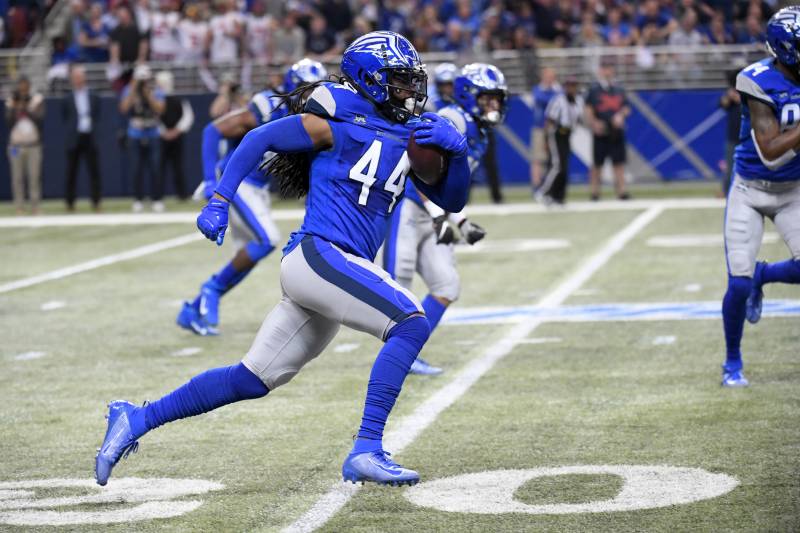
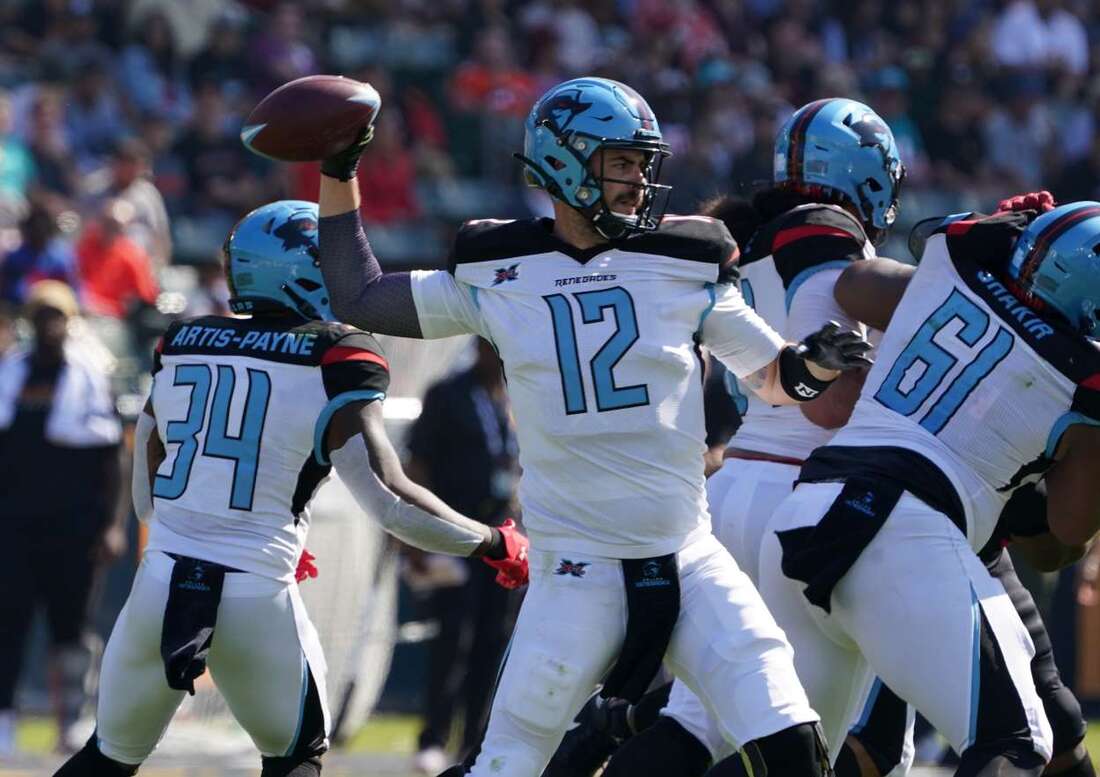
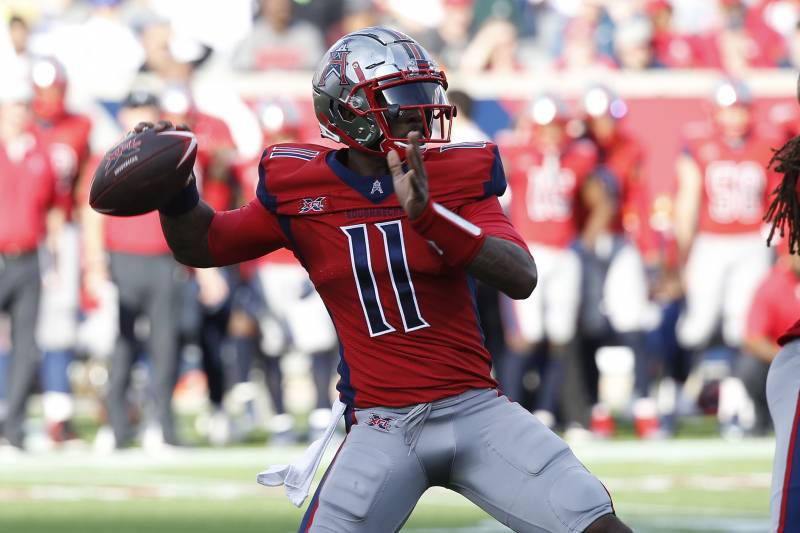
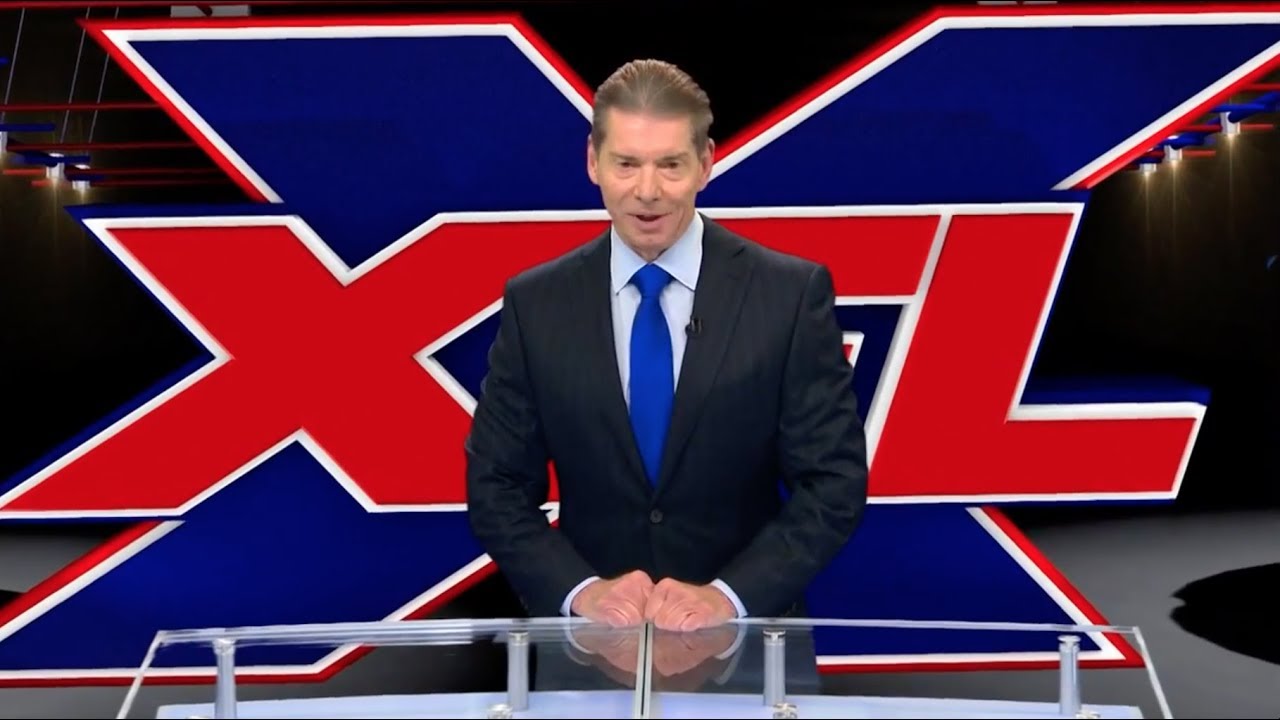
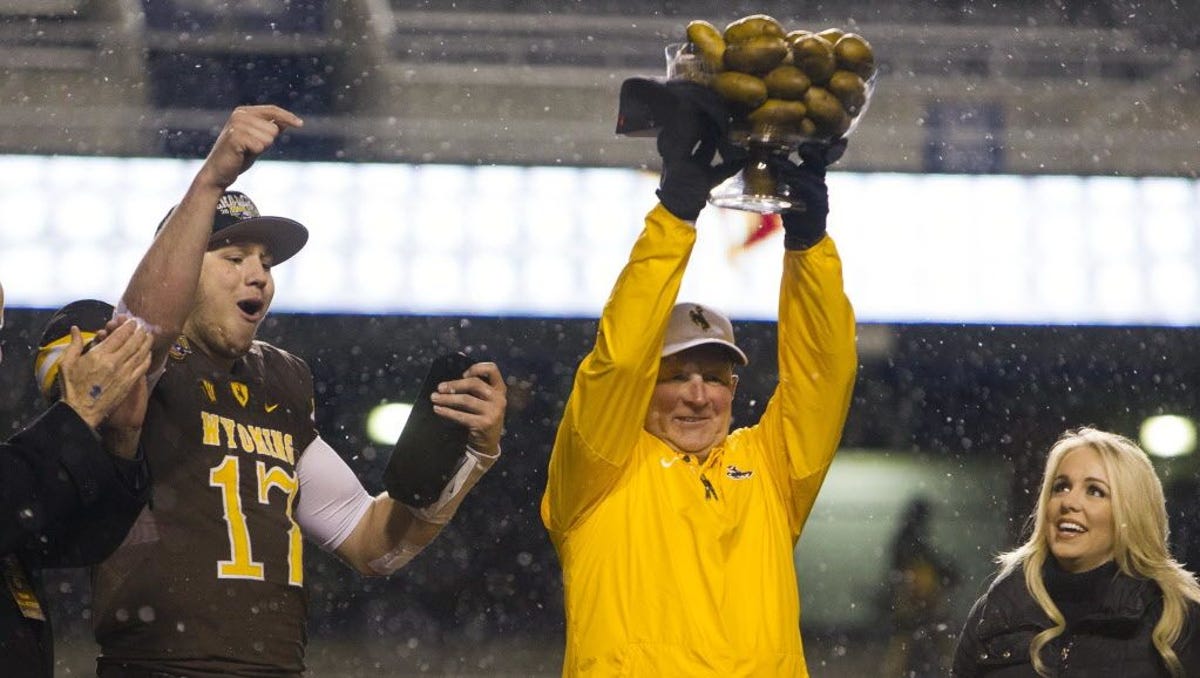
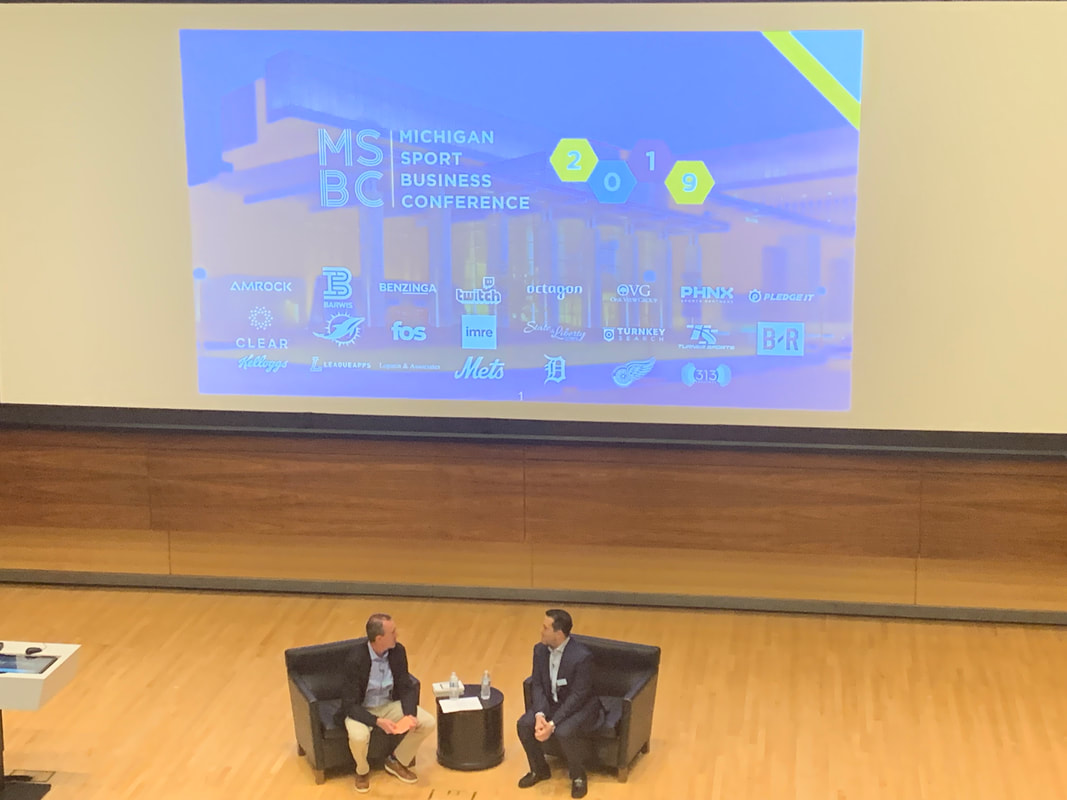
 RSS Feed
RSS Feed
